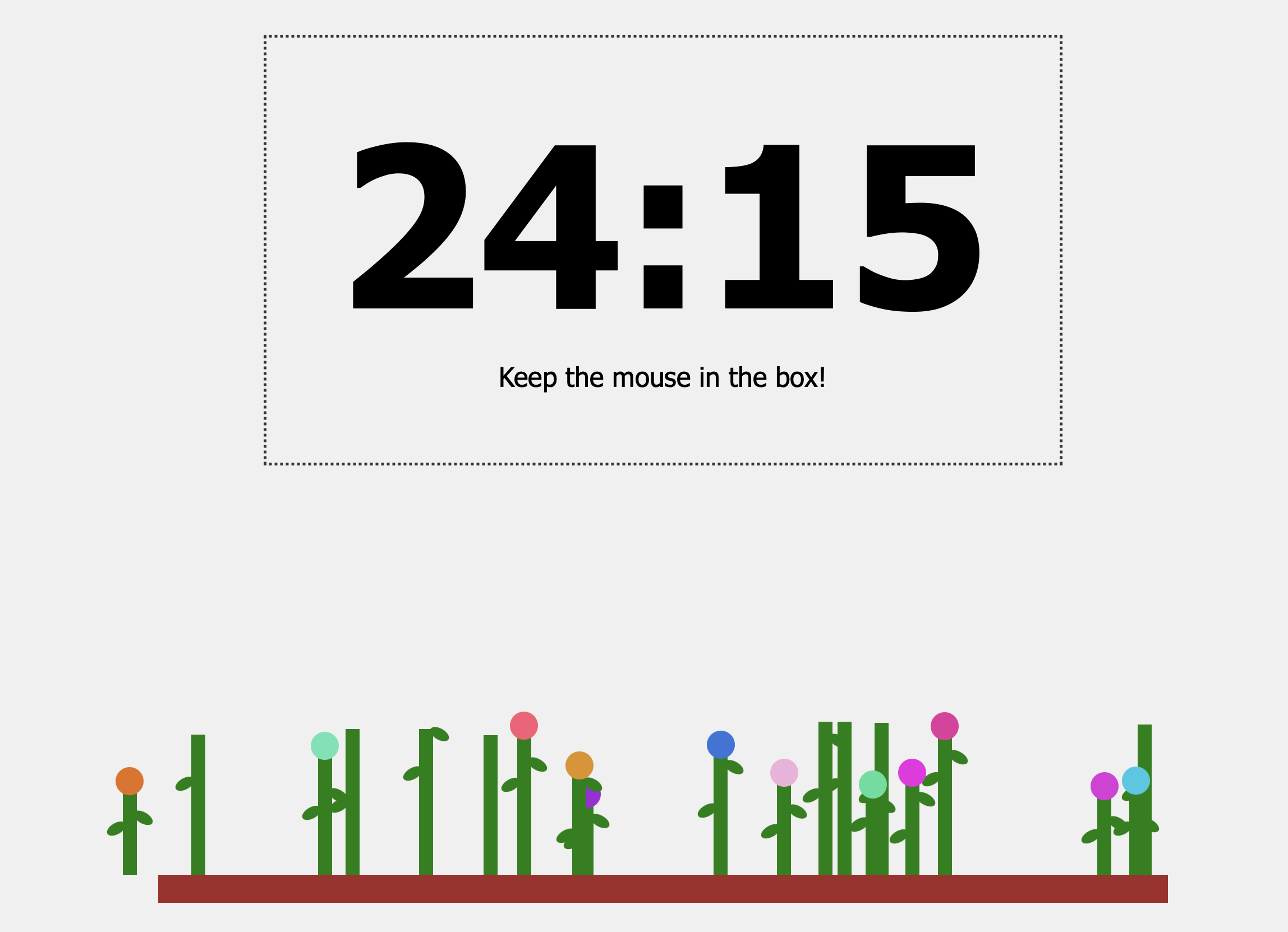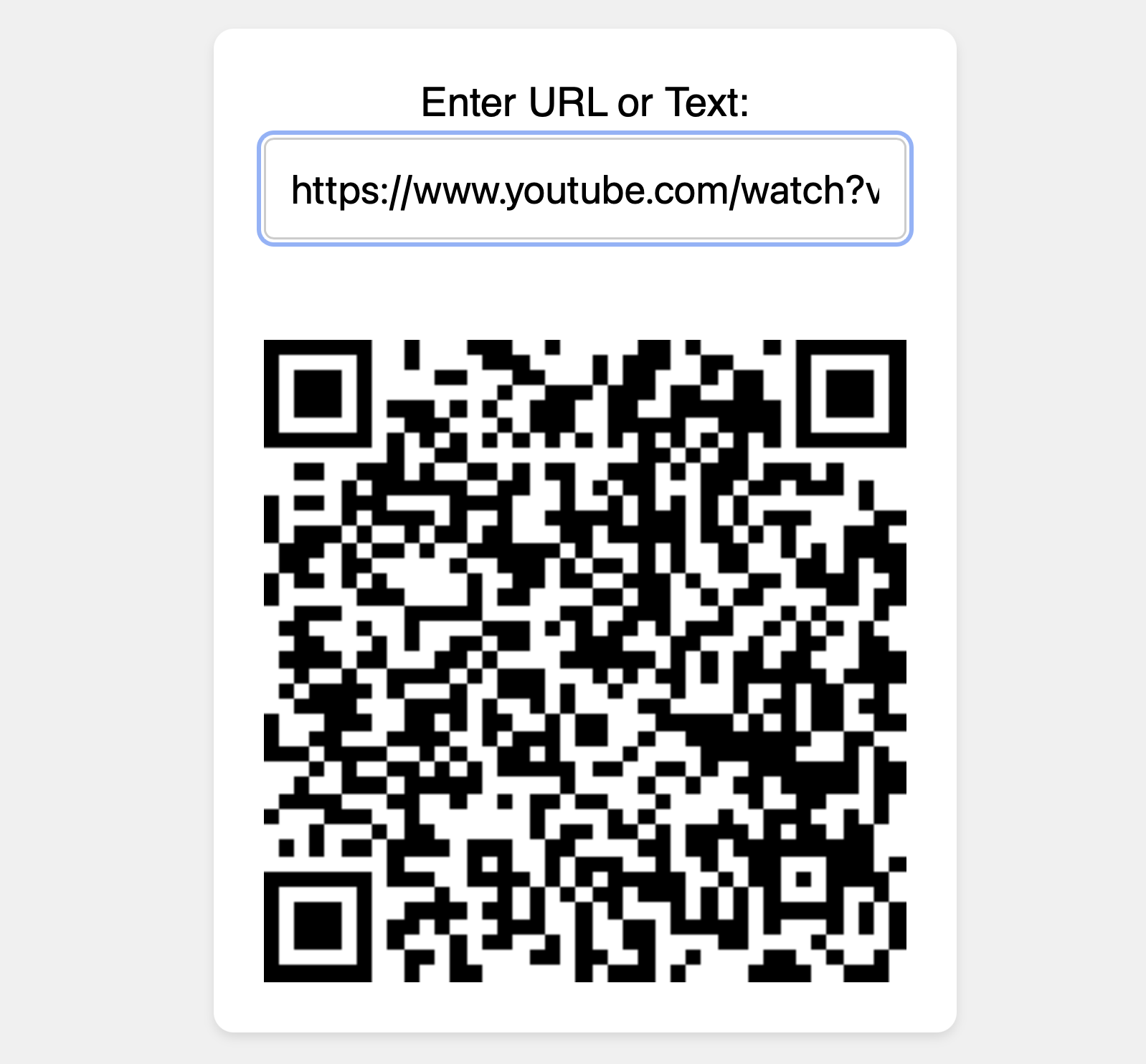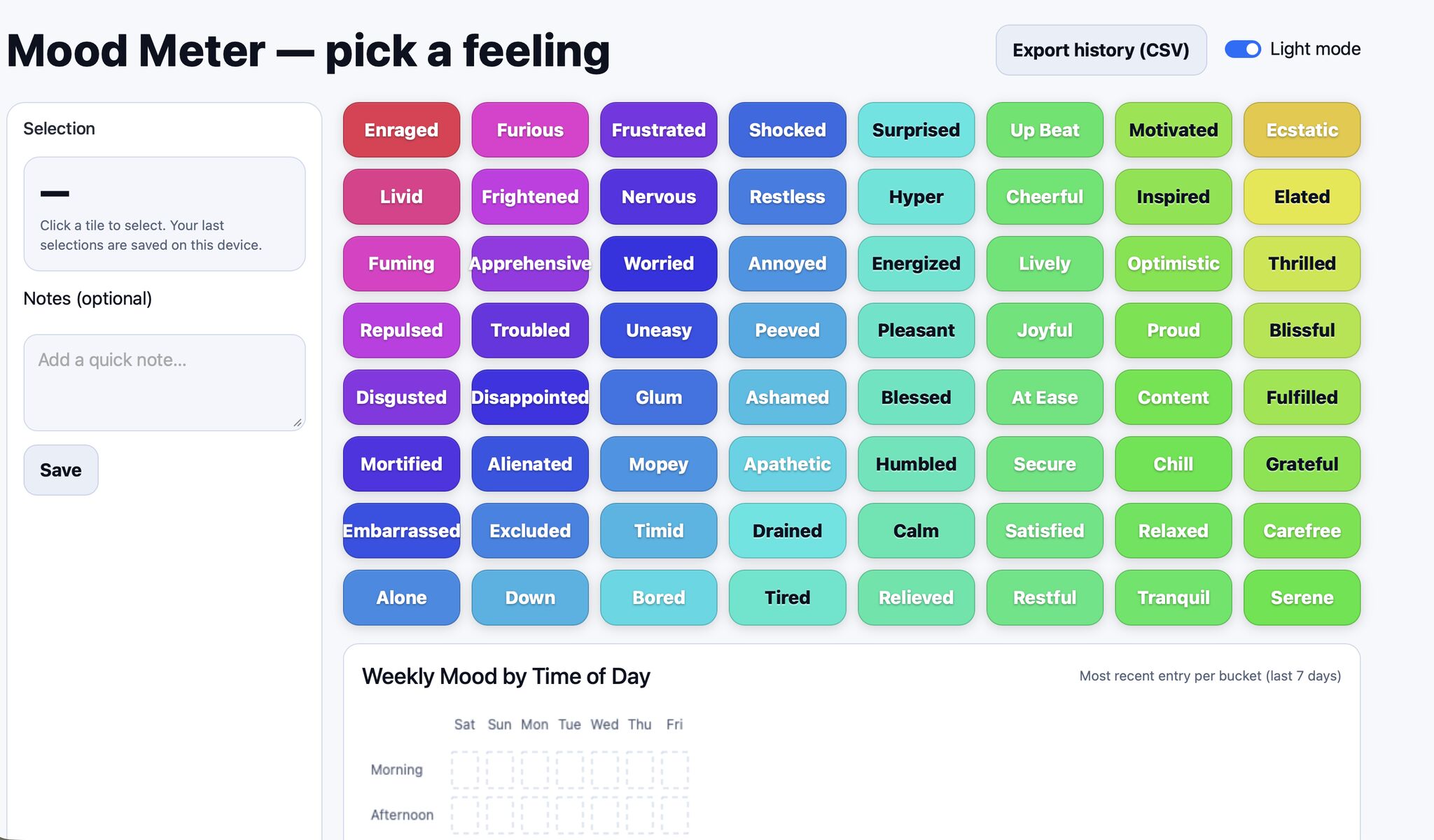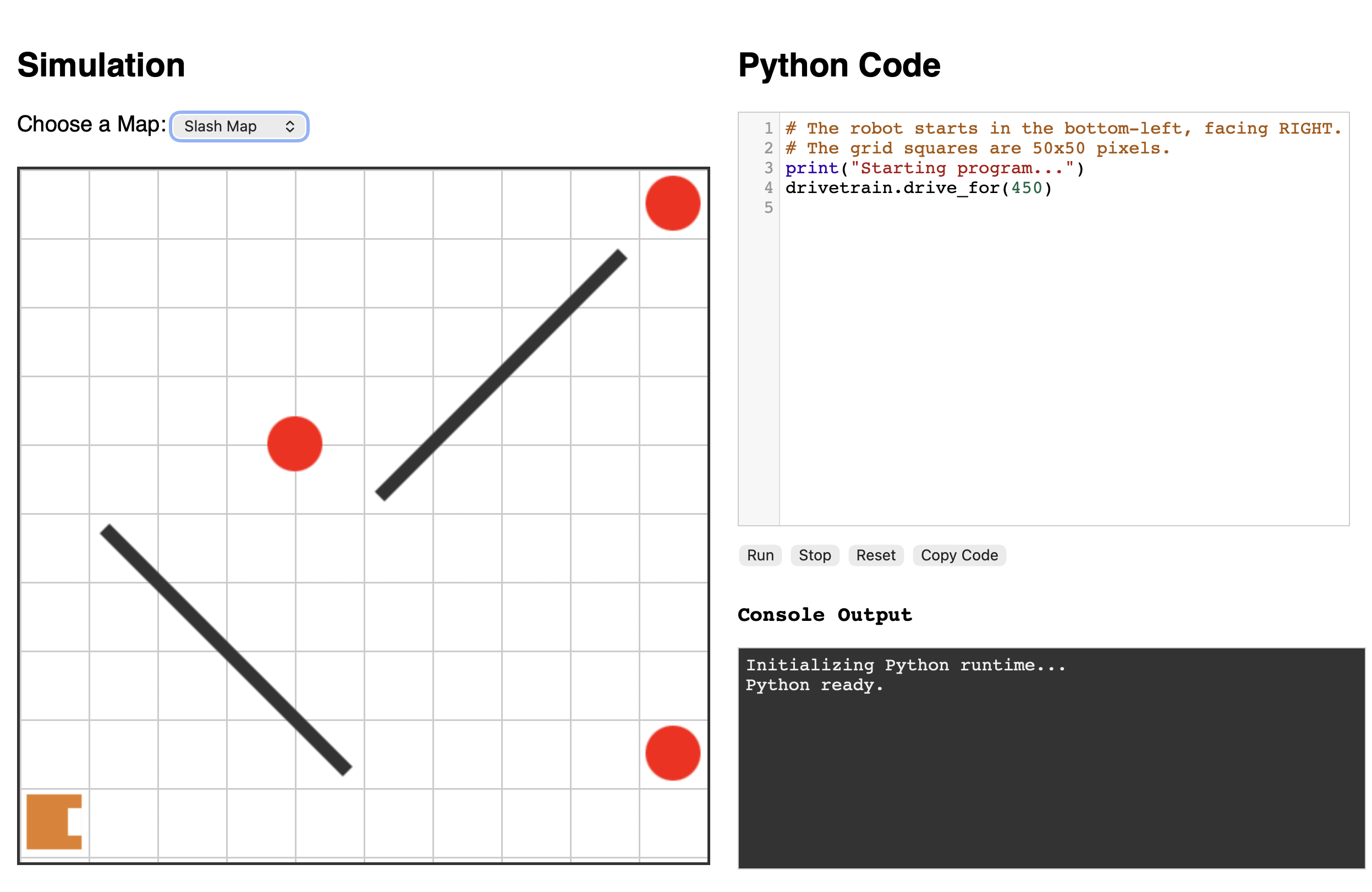Workshops & build sessions
Coding with AI, side by side with educators.
Educators are uniquely positioned to build their own software tools. They know their challenges first hand. Rather than wait for a company to build the tool they need, I've enjoyed helping others learn to use generative AI to build these tools for themselves.
Step 1: Listen
The process always begins with a conversation.
- What situations do you face in your classroom or school?
- What challenges, pain points, or needs do you have in the moment?
- What tedious work, data collection, or repetitive process could you offload to a computer so that you can spend your time doing what matters to you?
This is all about understanding your unique context and goals. This leads to understanding the constraints, the needs, and the background before thinking about a tool.
Step 2: What could this be?
We discuss what a software solution might look like.
- What do you click on?
- What data do you want to save?
- What might this app look like on the screen? How is it organized?
- How do you want to see data you've collected?
This helps us understand how we might describe these ideas to a large language model that can then build the design we have in mind.
Step 3: Build with AI
We build a prompt with all of the above context and start generating a prototype using a large language model.
This prototype might be:
- A self contained web app
- An app that connects to a real time database or uses AI within the app to process data
- An app that lives entirely in the web browser and saves data locally for data security and privacy
- A mobile app using iOS
- Other platforms as needed
See the workflow
Stop Talking and Build It with Rob and Evan
These episodes with me and Rob Stauffer (creator of Ready Group Go) show the conversation-to-prototype process. Rob has planned the idea for what he wants to build and has a prototype himself, but doesn't tell me until we are recording the episode live. Watch to see the hijinks and tomfoolery that unfolds as we build useful tools together.
Stop Talking and Build It
Planning for Pairs
Rob Stauffer shares his vision for a tool to facilitate a series of pair conversations during class. I craft a prompt and build a working prototype using Google AI studio, and then compare it to what Rob built himself.
We also discuss the power of educators building tools themselves to solve problems they see in their classrooms.
Stop Talking and Build It
Tweaking Turn and Talk
We build an app to help students with a low stakes conversation to connect with a group at the start of a class. I share Dr. Sabba Quidwai's SPARK prompting framework as a way to structure our conversation.
Rob shares the importance of this time spent connecting before beginning work.
Completed tools
A few of the builds.
All of these run in the browser and save data locally. Each one started as a question related to my classroom or one from a colleague to answer this question:
How can we build tools that let us focus our time on what matters?

Task Organizer
Paste your to-do list, drag each item into categories, and keep notes pinned on one page that saves to the browser.

Name Game
Quiz yourself on student photos and names for the first days of school. All photos stay on your device.

Pomodoro Garden
A focus timer that grows plants as you work and flashes the screen when the mouse wanders off.
Harkness Tracker
Drag student nodes around the table, log each contribution, and export a discussion timeline for reflection.

QR Code Studio
Generate a high-contrast QR code live as you type and drop it straight into slides.

Mood Meter
Tap a feeling on the 64-tile grid, jot a note, and export your history without sending data off-device. Based on the RULER framework from the Yale Center for Emotional Intelligence

Robot Simulator
Code a virtual robot in Python, load different field maps, and watch Matter.js physics play out in the browser.